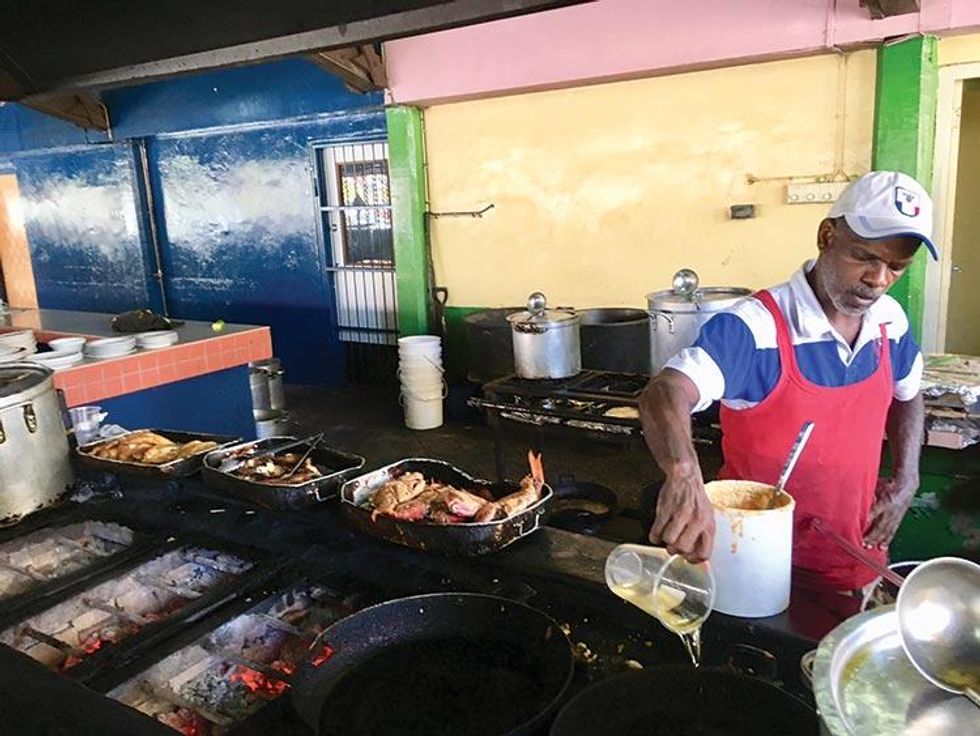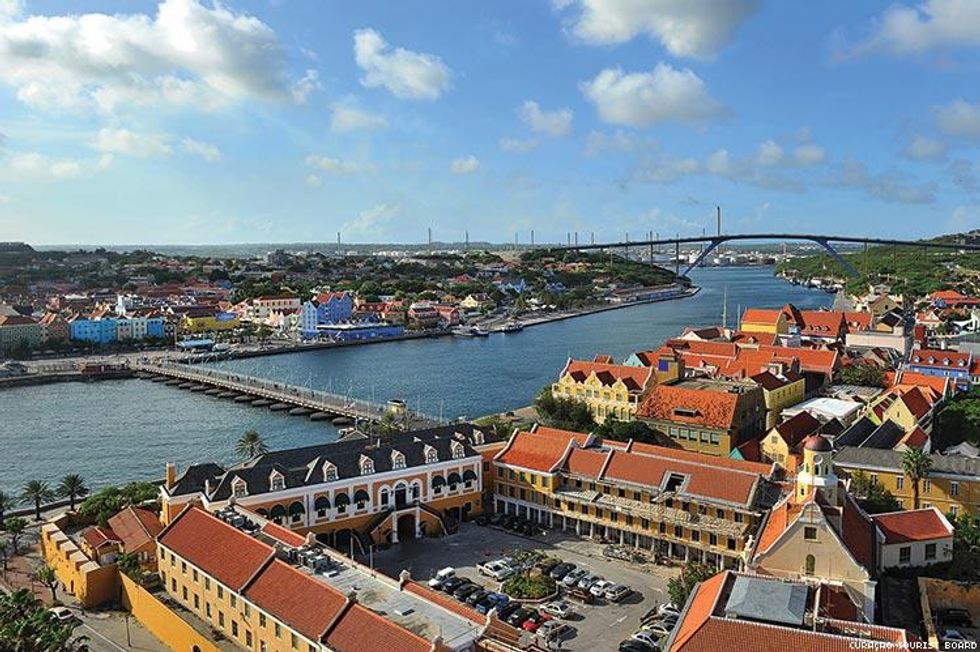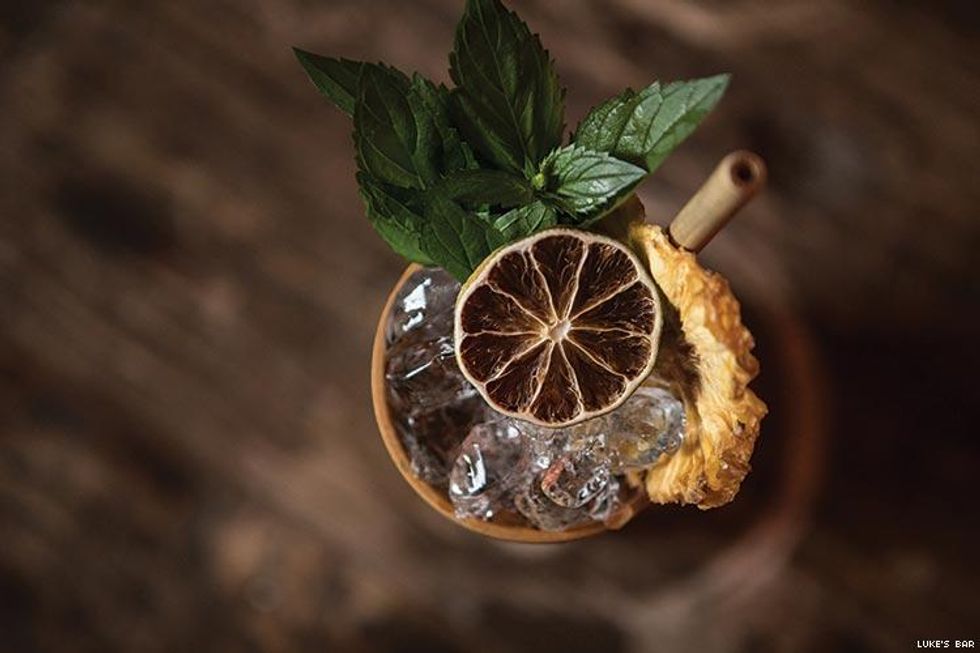Travel
The Caribbean's Gay-Friendly Oasis Doesn't Hide Its Disturbing Past

With so much to offer, it's easy for tourists to avoid facing Curacao's difficult history. But we shouldn't.
July 17 2018 7:32 AM EST
By continuing to use our site, you agree to our Privacy Policy and Terms of Use.

With so much to offer, it's easy for tourists to avoid facing Curacao's difficult history. But we shouldn't.
Some tourists are eager to turn a blind eye to the social or political situation of a destination as long as the beaches are clean and drinks plentiful. But for more and more of us, even when we're escaping stressful city lives to vacation on a tropical island, we want more than just beautiful beaches and a welcoming scene. We're also looking for a deep-rooted history of social significance.
You can find that and more on the southern Caribbean island of Curacao (pronounced "KEWR-e-sow"), where stories of pain, victory, love, and activism run heavy and seep deep into the soil. While the Dutch island is autonomous, or self-governed, it remains part of the Kingdom of the Netherlands and is one of the sea's most prized treasures.
While English and Spanish languages are widely spoken and taught in local schools, the official languages are Dutch and Papiamentu -- a unique Portuguese-based creole language infused with Spanish, English, and African dialects, created by inhabitants around the 17th century to converse without white settlers understanding them.

This history is etched in many of Curacao's well-respected museums, including Museum Kura Hulanda, located at Sonesta Kura Hulanda Village (KuraHulanda.com), a charming village-like boutique hotel with cobblestone pathways and two majestic pools straight out of a postcard. Monuments are also subtly displayed throughout the island, remembering the lives the country was built upon.

Just before my visit, rainbow flags flew above the iconic Queen Emma Bridge, leading to the equally iconic Floating Market, which boasts local artisans as well as people selling goods on boats hailing from Venezuela and other regions. By law, these foreign vendors are not allowed to leave the dock or else they risk arrest for trespassing, but their presence welcomes a bustling train of tourists.

You can't leave Curacao without touring the world famous Curacao liqueur distillery, Landhuis Chobolobo (CuracaoLiqueur.com), the only place in the world making the famous concoction. You'll see (most of) how it's made, but they keep secret ingredients under lock and key -- literally.
Once you get your taste of Willemstad, you'll want to take a car to Curacao's edge, a couple of hours' drive. Stop by Toko Williwood (Williburger.club) to snack on an epic goat burger while watching flamingos. One of the most beautiful hotels I've ever stayed in, Oasis Coral Estate Beach, Dive & Wellness Resort, has glorious Caribbean Sea views, a pool, and a restaurant on the sand that will make you feel like a high roller for surprisingly little money. Don't forget to book a snorkeling excursion. The affable instructors at Go West (GoWestDiving.com) will charter you to the distant caves for underwater exploring. If you're lucky, you'll run into a creep of tortoises. Located close by is Trio Penotti, an underrated outdoor cafe with a trailblazing cook named Chef Taco, who makes unique original cuisines -- including the Thai peanut and banana soup, which was shockingly good (I had two servings). The best way to end your visit is where you started: on the beach (Playa Knip is a local favorite with crystal blue waters great for snorkeling).
Without a doubt, the country's history and vivacious life encapsulate every shade of the rainbow.
Charlie Kirk DID say stoning gay people was the 'perfect law' — and these other heinous quotes